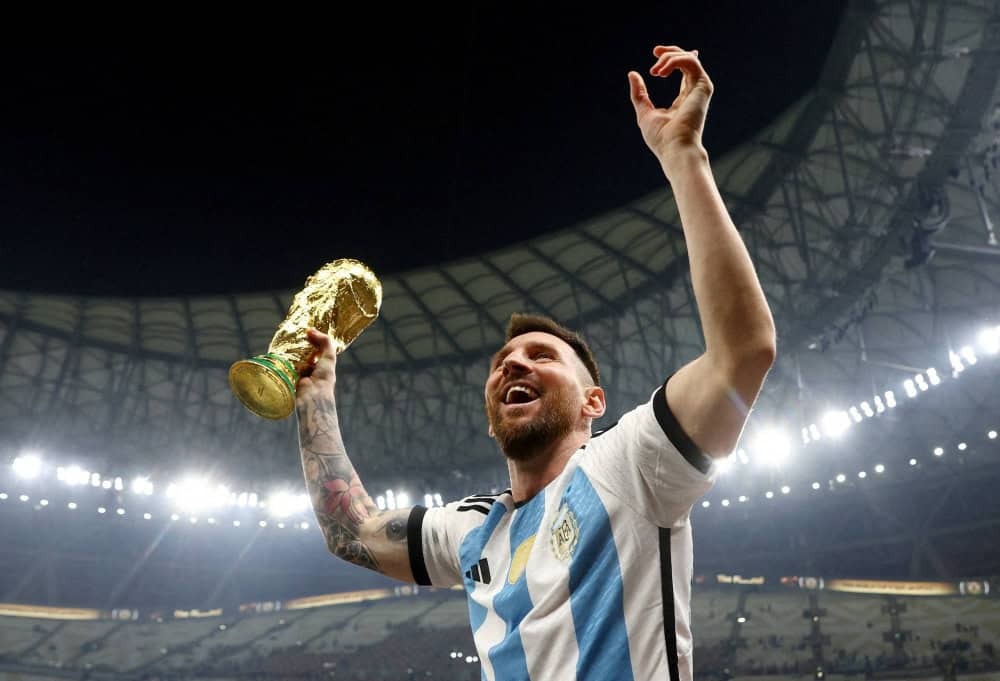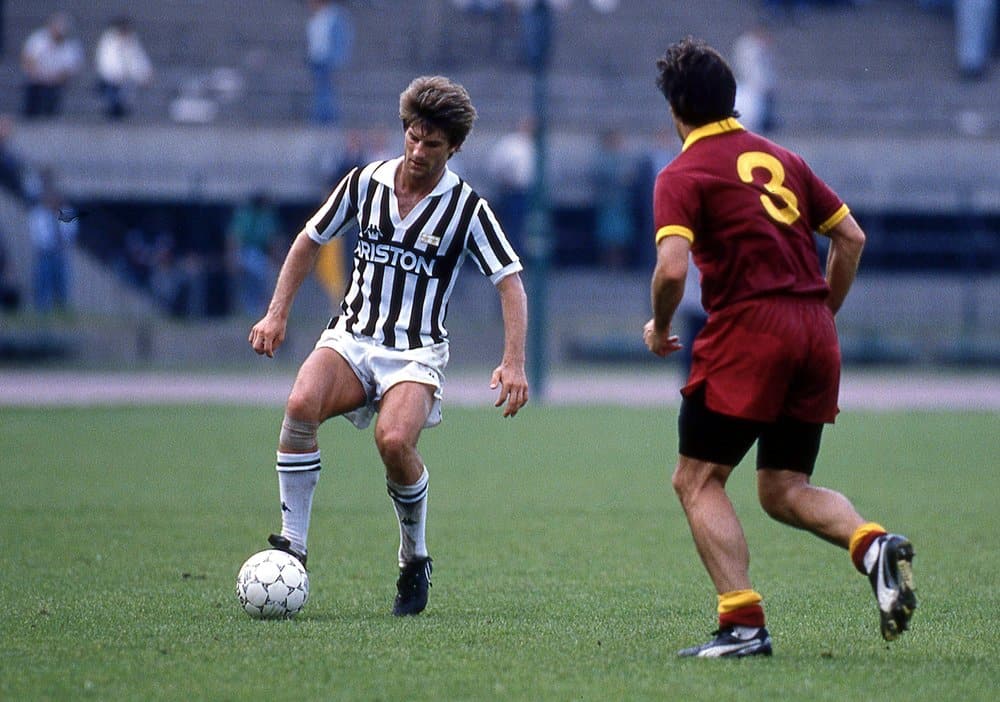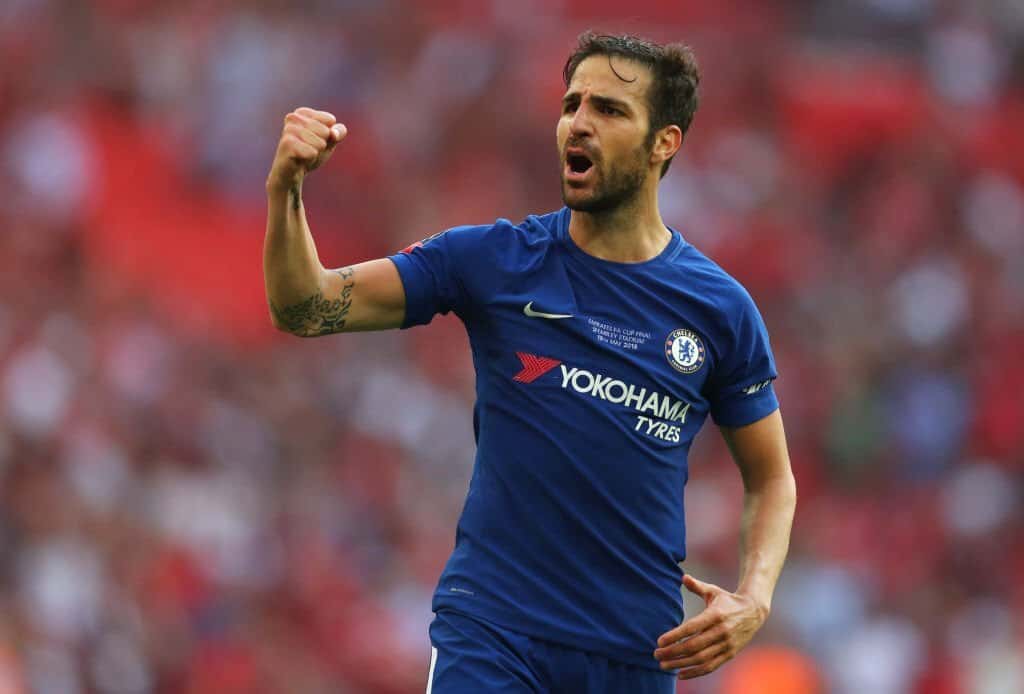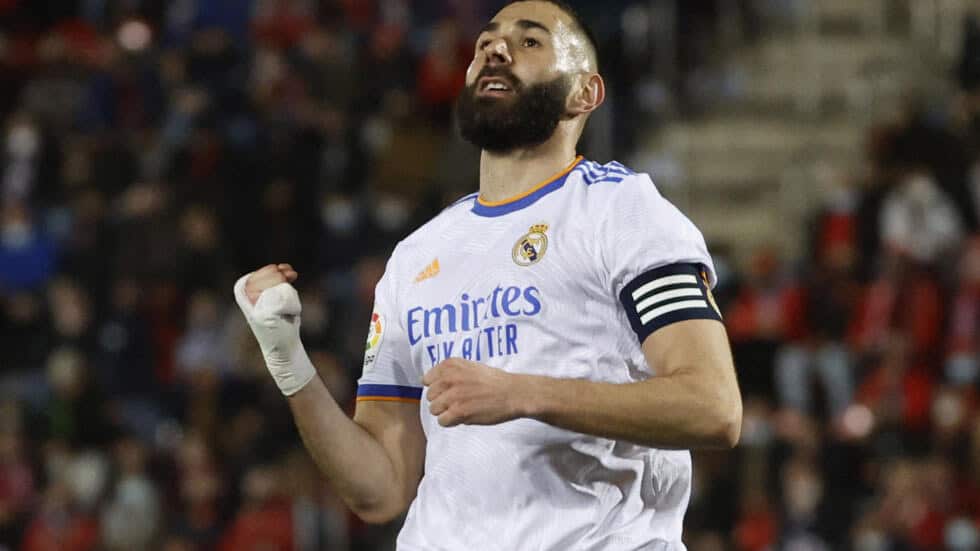What if I told you that a single player could completely redefine the way a soccer game unfolds? You might wonder whether it’s possible.
That was my first reaction when I watched a football game in 2009 and saw this different figure, known as the False 9. I instantly knew this tactical innovation I was witnessing would reshape the landscape of modern soccer.
Let me help you understand the role of a False 9 journey together, from its strategic effects to its profound impact on the beautiful game.
What Does a False 9 Mean in Soccer?
When you talk about the evolution of soccer tactics, few innovations have captured the imagination quite like the False 9.
Imagine a forward who moves away from the traditional striker role and ventures instead into the heart of midfield, dictating attacks with visionary passes and elusive movement.
This is the very essence of the False 9 tactical ingenious. It blurs the lines between midfield maestro and goal-scoring machine, disturbing defenders and unlocking new possibilities on the pitch.
Who Invented the False 9 in Soccer?
The creation of False 9 can be credited to the visionaries Johan Cruyff, Moller Nielsen, and Pep Guardiola. Their revolutionary approach to the game transcended its quality to another level.
By reimagining the forward’s role, they laid the groundwork for a tactic that would penetrate the world of soccer and forever impact the way the game is played and perceived.
In-possession Responsibilities of a False Nine
As I dive into the inner workings of the False 9 formation, I am struck by its profound impact on offensive play.
When in possession, the False 9 becomes the heart of the team’s attack, dictating the tempo, creating space, and unlocking defenses with a deft touch and a keen sense of what is to come.
Pep Guardiola once mentioned the importance of adaptability and fluidity in using the False 9 tactic. He said, “The False 9 is not just about one player; it’s about the collective understanding of the team.
It requires players to interchange positions, read each other’s movements, and make intelligent decisions on and off the ball.”
One thing is certain: with the ball at the feet of a False 9, the player displays creativity that keeps opposing defenders on their toes.
Out-of-possession Responsibilities of a False Nine
Off the ball, the False 9 transforms into a relentless hunter, leading the charge in pressing opponents and winning back possession.
With a consistent work rate and tactical awareness, the False 9 sets the tone for the team’s defensive efforts, pressing opponents and disrupting their rhythm with pressure and intelligent positioning.
Best False Nines in History
The best False Nines in History are some of the greatest names in soccer. Let’s take a closer look at them.
Lionel Messi

As a football fan, nothing compares to witnessing Lionel Messi’s brilliance at Barcelona. Under Pep Guardiola, Messi redefined the False 9 role, and I was lucky enough to witness it firsthand.
I’ll never forget Barcelona’s 6-2 demolition of Real Madrid in 2009, where Messi’s movements and pinpoint passes left defenders helpless.
It was a masterclass playing False 9 and that performance is one Barcelona fans can never forget.
Michael Laudrup

Growing up, I heard of Michael Laudrup’s ability to dictate play from deep positions. I went back to watch the highlights of Euro 1992.
He showcased his brilliance as a False 9 for Denmark, organizing the attack with his vision and creativity.
Denmark winning that tournament by surprise (or maybe not surprisingly) remains proof of Laudrup’s impact, proving that the False 9 role could also be the key to success on the international stage.
Cesc Fàbregas

I’ve always appreciated Cesc Fàbregas’s ability to control the game from midfield, but at Euro 2021, Del Bosque unleashed Cesc as a secret weapon, a False 9.
His ability to drop deep, control the game, and find his teammates with precision passes was a game-changer for Spain.
His role in that tournament helped them as a possession-based team to dominate games and win the Euros.
Karim Benzema

Watching Karim Benzema excel as a False 9 under Zinedine Zidane at Real Madrid was a revelation. I still remember that Champions League final against Atletico in 2016.
What he did that day was different. He brought in more versatility to the role.
As a natural link-up player, it was easy for him to create opportunities for Bale and Ronaldo. That was a prime example of how effective a False 9 can be in modern football.
Harry Kane

When you watch Harry Kane, the first thing you might notice is his ability to drop deep and throw accurate passes to his wingers. This is a natural trait apart from his incredible finishing.
Many people thought that could only be possible while he played alongside Heung-min Son during his time at Tottenham, but he proved that to be wrong.
There was a crucial UEFA Nations League match against Spain in 2018 where Kane operated as a False 9 for England. In that game, he frequently dropped deep to influence play and create chances.
His performance that day highlighted the intelligence required to excel in the role, and it was a key factor in England’s memorable victory.
Benefits & Drawbacks of Playing with a False Nine
While the False 9 offers a wealth of tactical benefits, it also presents teams with unique challenges.
Benefits of Playing With a False 9
Here’s how False Nine helps a team strategically.
Tactical Flexibility
The False Nine position offers teams a lot of tactical options, providing a versatile approach to attacking play.
By dropping deeper into midfield, the forward adds an extra dimension to the team’s build-up play, acting as a pivot between midfield and attack.
This flexibility allows for fluid movement and link-ups among attacking players, making it difficult for the opposition to predict and defend against.
Creative Freedom
One of the most exciting things I saw watching someone like Brazilian forward Firmino play False Nine during his time at Liverpool was the creative freedom it gave him.
With the freedom to roam and operate in different areas of the pitch, Firmino became the creative hub, unlocking defenses with incisive passes and clever movement for the Reds.
This creativity adds unpredictability to the team’s attacking play, keeping defenders guessing and opening up space for other attackers to exploit.
Overloading Midfield
Dropping the forward into midfield creates more numbers in the middle of the park, allowing the team to dominate possession and control the game.
With an extra player in midfield, you would notice that the team can overload the central areas, outnumbering the opposition and creating passing lanes to penetrate the defense.
This midfield dominance not only disturbs the opposition’s attacking play but also provides a platform for launching quick counter-attacks from midfield.
Fluid Movement
The ability of the False 9 to roam and interchange positions with other attacking players adds a dynamic dimension to the team’s attacking play.
With fluid movement and positional plays, the False 9 creates confusion in the opposition’s defense, pulling defenders out of position and creating space for teammates to use.
This fluidity in movement allows the team to adapt to different defensive structures and break down stubborn defenses with ease.
Drawbacks of Playing With a False 9
Here are a handful of False Nine drawbacks you need to be aware of.
Lack of Presence in the Box
This was a frustration for Chelsea fans during the Antonio Conte and Diego Costa conflict.
While the False 9 excels in linking play and creating scoring opportunities for teammates, it often sacrifices the traditional striker’s presence in the penalty area.
Without a natural goal-scoring threat in the box, the team may struggle to convert crosses or capitalize on goal-scoring opportunities in the final third.
This lack of a focal point in attack can limit the team’s effectiveness in the box and reduce their goal-scoring output.
Defensive Vulnerability
Dropping the forward into midfield leaves the team vulnerable to counter-attacks if possession is lost in advanced areas.
With fewer players committed to defensive duties, the team may struggle to recover and track back quickly, leaving gaps in midfield or behind the defensive line for the opposition to exploit.
This defensive vulnerability can lead to conceding goals on the break and put the team under pressure defensively.
Dependency on Personnel and System
I cannot overemphasize this. Success with a False Nine system relies heavily on having the right players in the right positions.
If the team lacks the necessary talent or is not well-drilled in executing the system, it may struggle to maximize False Nine’s impact on the game.
Final Thoughts
Despite the challenges it could come with, playing with a False Nine adds a thrilling dimension to the team’s tactics.
It is a bold strategy that keeps the fans on the edge of their seats, wondering what magic the False Nine will display next.
The fact that False 9 remains important for top clubs and national teams alike is refreshing to see.
False 9’s ability to adapt to different playing styles, exploit spaces, and create scoring opportunities makes it a valuable asset for any team aspiring to succeed on the soccer pitch.
As we look to the future, one thing is certain: False 9 will continue to inspire players, coaches, and fans with its audacious style of play and enduring impact on the world’s most popular sport.

